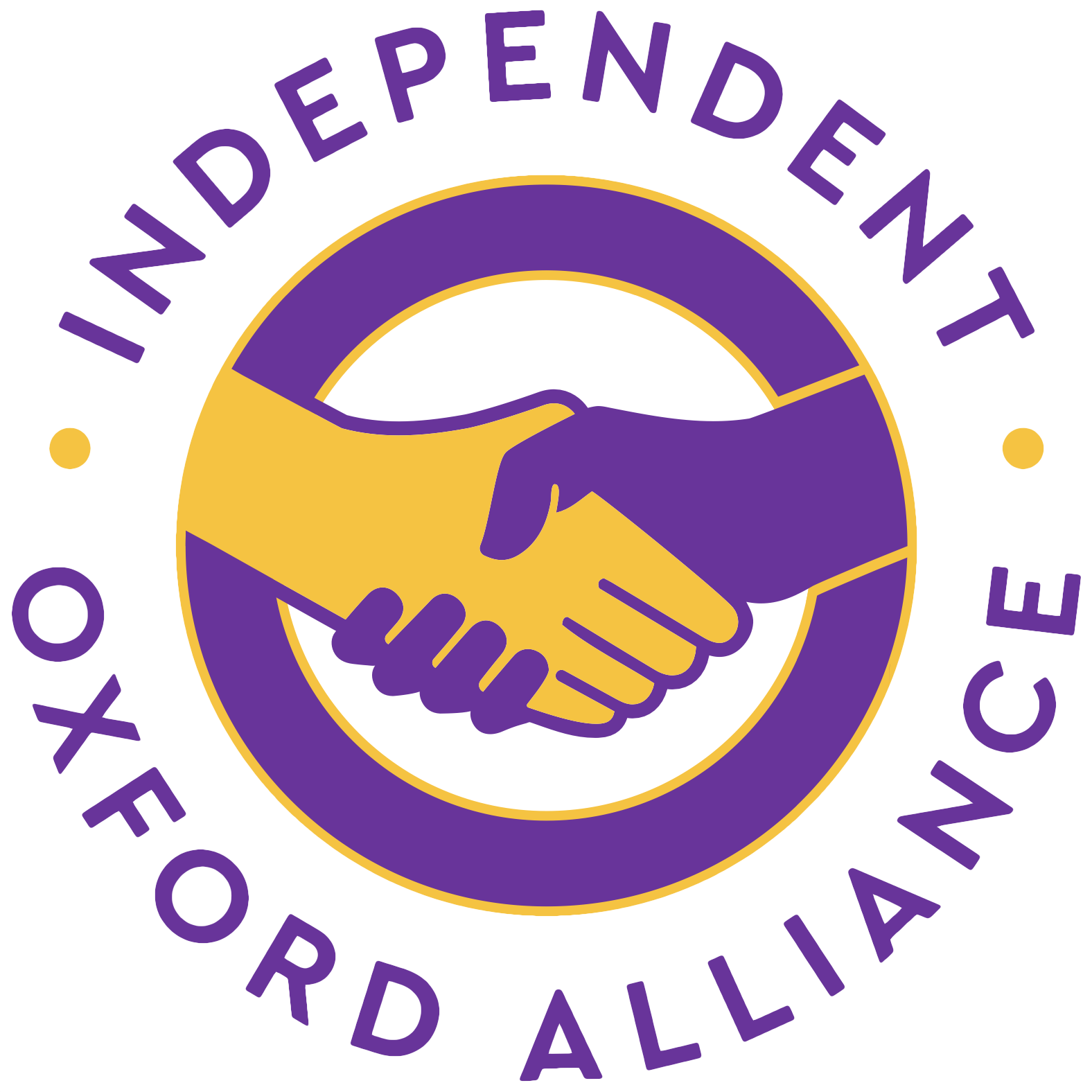We believe that people should have freedom of choice when it comes to modes of transport.
While congestion is a challenge in the city, it must be recognised that car journeys are a vital component of a range of options that enable individuals to move around the city effectively.
The best way to encourage less vehicular traffic and congestion in the city is to:
- provide effective alternatives to car travel
- organise routes to facilitate traffic movement, including one-way systems that avoid bottlenecks in built up areas, and thus keep traffic flowing
Under our plans:
- Accessible, reliable and affordable public transport will offer a true alternative to car journeys in and around Oxford.
- Improving the availability & functionality of public transport is a priority.
- For those who use a car, parking will be fairly priced and accessible to all, and Park and Ride services will be improved in both frequency of services and cost.
- The significant expansion (currently proposed by the Councils) of the Zero Emission Zone will be reviewed through open and transparent consultation.
- Low traffic neighbourhoods and bus gates, in place or planned, which divide our communities and damage our businesses will be removed
- 20mph speed limits will be returned to 30mph on main roads.
- New traffic routing systems, using carefully designed one-way systems, will improve traffic flows and maintain access across the city.
- New housing developments will include appropriate & adequate parking spaces.
- Cycle lanes will be maintained, and bollards along them will be reviewed and may be removed for safety reasons. Lost parking spaces will, where possible, be restored. Options for additional off-road cycle routes will be investigated.
- Police should enforce the Highway Code for all road users, including cyclists, e-scooter users and motorists.
Oxford Travel and Transport Focus Group Report
As part of our commitment to listen to the people of Oxford, the Independent Oxford Alliance commissioned Clarke Associates to conduct a focus group study to investigate the travel patterns and needs of citizens, often the ‘silent majority’, who may have particular difficulties with the traffic measures implemented or proposed by the current City and County Councillors. This is their report.

